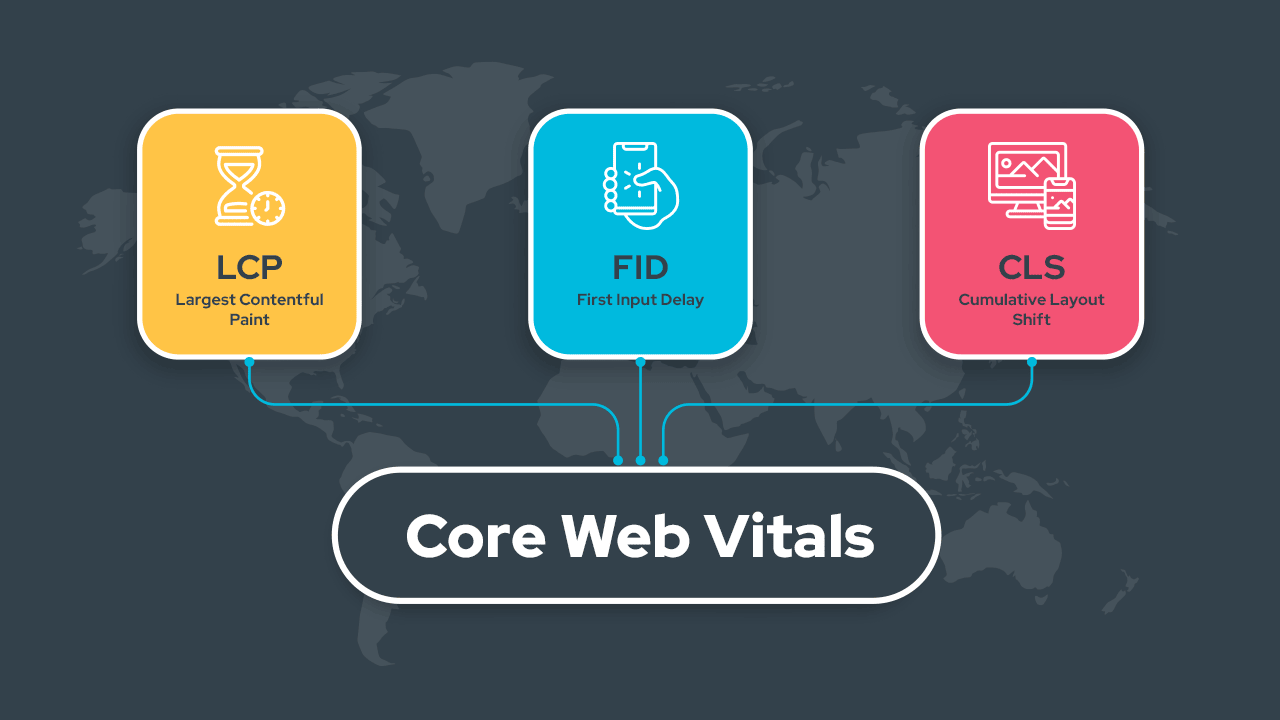Why You Need to Start Paying Attention to Core Web Vitals

As an SEO specialist, you are always on the lookout for new ways to improve your website’s rankings. In 2021, Google is set to release its Core Web Vitals algorithm update. This new update emphasizes the importance of user experience (UX) in SEO. The algorithm update will focus on three new ranking factors that make up the Core Web Vitals. In this article, we will delve into the Core Web Vitals and why you need to start paying attention to them.
What Are Core Web Vitals?
Core Web Vitals are a set of metrics used to measure user experience on a website. Google’s algorithm update will focus on three Core Web Vitals:
- Largest Contentful Paint (LCP)
- First Input Delay (FID)
- Cumulative Layout Shift (CLS)
These metrics will be used to determine how quickly a website loads, how quickly it responds to user input, and how stable the website’s layout is. In other words, Core Web Vitals are the factors that determine whether or not a website is user-friendly.
How Will Core Web Vitals Impact SEOs?
Google has always focused on providing users with the best possible experience. With this algorithm update, Google is emphasizing that user experience is now a ranking factor. Websites that provide a better user experience will be rewarded with higher rankings and increased organic traffic. On the other hand, websites that do not provide a good user experience will see a drop in rankings and organic traffic.
The Three Main Elements of Core Web Vitals
-
Largest Contentful Paint (LCP)
Largest Contentful Paint (LCP) measures the loading performance of a website. This metric measures the time it takes for the largest element of a webpage to load. This element is usually an image or a video. Ideally, the LCP should happen within 2.5 seconds of page loading.
Ways to Optimize for LCP:
- Optimize images
- Optimize your server
- Add caching
- Fix render-blocking CSS and JavaScript
-
First Input Delay (FID)
First Input Delay (FID) measures the responsiveness of a website. It measures the time it takes for a website to respond to a user’s first interaction, such as clicking a link or filling out a form. Ideally, the FID score should be no more than 100 ms.
Ways to Optimize for FID:
- Optimize the JavaScript code
- Optimize the CSS code
-
Cumulative Layout Shift (CLS)
Cumulative Layout Shift (CLS) measures the visual stability of a website. It measures whether there is any unexpected shifting of any of your page elements and how often it occurs.
Ways to Optimize for CLS
One of the biggest culprits of poor CLS scores is images that don’t have width and height attributes. When an image is added to a web page, it takes up space, which can cause the surrounding content to shift around as the image loads. To prevent this from happening, make sure to specify the dimensions of each image on your website.
Another way to optimize for CLS is to avoid adding content that loads after the user has started interacting with the page. This can include things like pop-ups, ads, and social media buttons that take a few seconds to load. By removing these elements or delaying their loading until after the page has fully loaded, you can improve your CLS score.
Additionally, you can use transform animations with context and continuity to avoid unexpected shifts in the layout of your page. This means that when an element on your page moves, it should do so in a way that is consistent with the overall design of the page. By doing so, you can provide a more seamless user experience that is less likely to result in a poor CLS score.
To understand which elements on your site are keeping you from getting a good CLS score, you can use tools like the Layout Shift GIF Generator. This tool will create a GIF of your web page and highlight any elements that shift unexpectedly. By identifying these elements, you can take steps to optimize your site and improve your CLS score.
Final Takeaway
Core Web Vitals are a set of metrics that measure the user experience of a web page. By optimizing for these metrics, you can improve the speed and usability of your website, which can lead to higher rankings and increased organic traffic. The three main elements of Core Web Vitals are Largest Contentful Paint (LCP), First Input Delay (FID), and Cumulative Layout Shift (CLS). By optimizing each of these elements, you can create a more seamless user experience that is less likely to result in a poor page experience score. While optimizing for Core Web Vitals may seem daunting, there are many resources available to help you get started. From Google’s Web Vitals report to tools like PageSpeed Insights and Lighthouse, there are plenty of ways to identify areas for improvement and optimize your site accordingly.
If you’re looking for help with Core Web Vitals optimization, our expert team is here to assist you. Contact us today to learn more about how we can help you improve your website’s user experience and increase organic traffic.
Lela
I have over 10 years' experience proofreading and editing where spelling and grammar were paramount. This includes newspaper publication and designing advertisements. I personally write all my articles.This allows me to do in-depth research and provide premium content.
Recommended Posts

Social Media’s Influence on iGaming
July 4, 2024

SEO Strategies for iGaming Success
July 1, 2024

The Importance of iGaming Blogging
June 28, 2024



